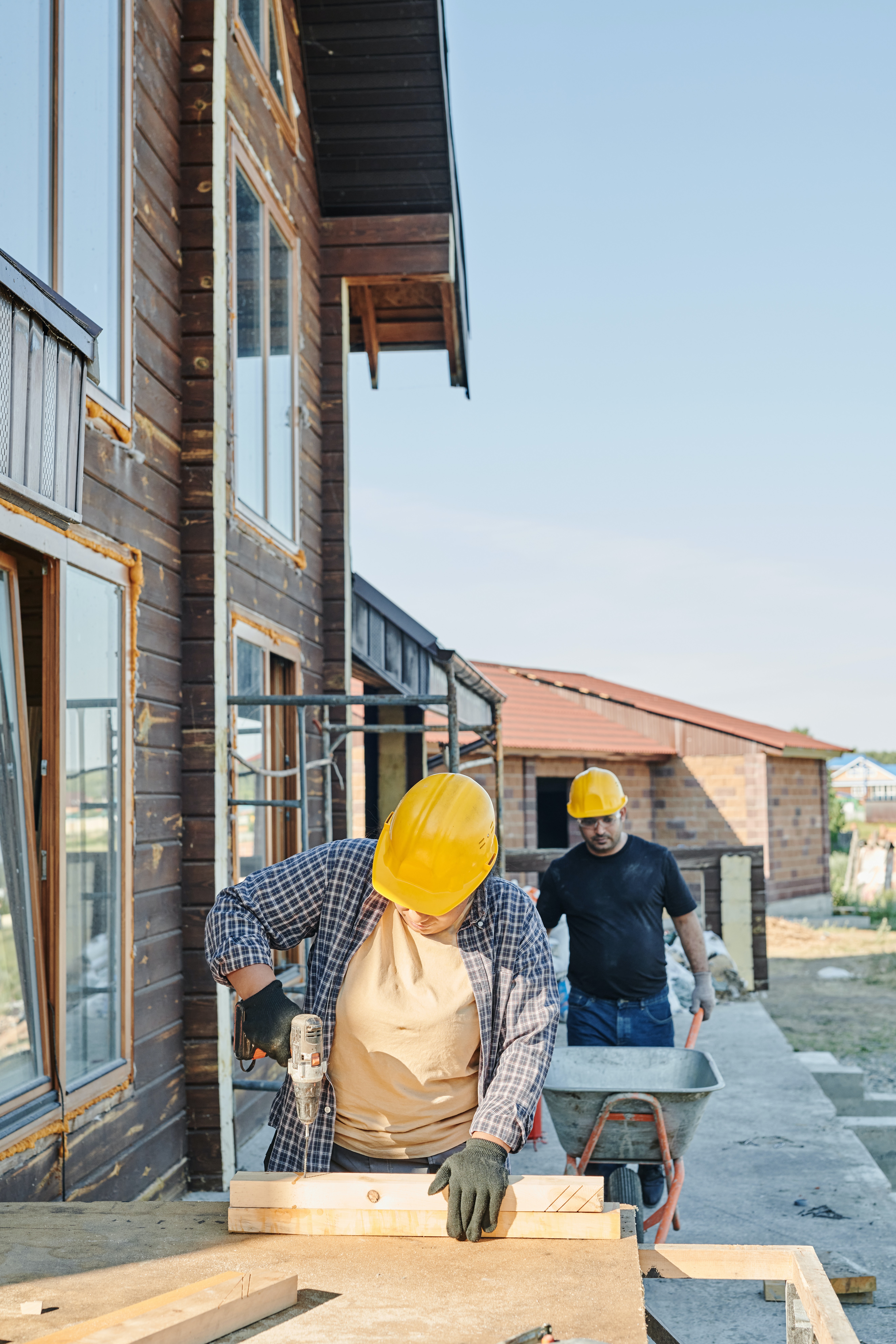
If you’re into real estate investing, the term “adaptive reuse” should be in your vocabulary; if it’s not already, we’ve got a good one for you.
Maybe you’ve seen these old industrial buildings around the city of Philadelphia. Who are we kidding, of course you have; Philadelphia has one of the richest manufacturing histories of any city in the country. Mills, factories, warehouses; these large structures can be found all around our city, especially in neighborhoods bordering rivers and bodies of water.
This rich history, however, has dwindled in the last half-century. With many manufacturing jobs and operations shipped to other parts of the world, these structures have sat empty, and in many cases, abandoned. But for Philadelphia developers in the 1980s and 1990s, these sites presented a golden opportunity.
Adaptive reuse is the practice of taking a building or site built for one purpose and refitting it to serve another. In the case of these hulking industrial buildings, developers as far back as the 1950s had visions of building apartment and condominium buildings within these spaces. Often built from fortified stone and brick, the majority of these types of buildings were built to last. Across the city, but especially true of the buildings lining the rivers in Manayunk, Port Richmond and the Northeast, the buildings constructed over a century ago are still standing today.
It should come as no surprise that Philadelphia has been a leader in the adaptive reuse market over the last three and a half decades. As the oldest big city in the country and, for a while, a manufacturing hub serving the entire northeastern United States, there are no shortage of buildings waiting for a new life as a residential solution to the growing urban population.
In fact, Philadelphia developers have created almost two thousand new housing units from repurposed buildings in the last decade alone. That amount is good for the most among any city in the country. From 1950 to 2020, RentCafe estimates that Philadelphia created over eleven thousand housing units from repurposed buildings, a truly staggering number even for a city of our size.
Why the boom? Developers are thanking federal government tax credits intended to save historic buildings by incentivizing renovation and preservation. When it becomes more cost efficient to rehab and refurbish rather than to raze and rebuild, the idea of turning old into new becomes much more palatable to developers and investors. Next time you see an old mill or factory with people living inside, think about adaptive reuse and how much good it can do for our fair city.

.png)
